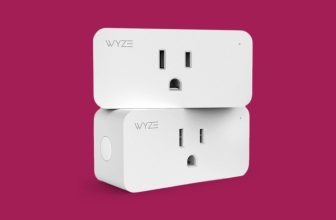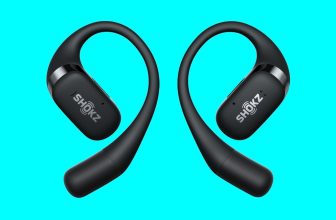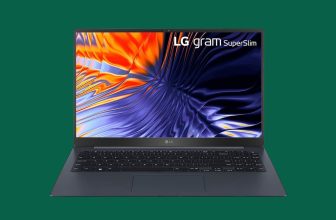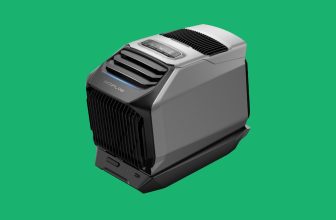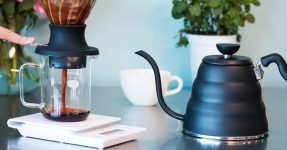
I Thought Pour-Over Coffee Wasn’t for Me—Until I Did It Right
Back when pour-over espresso received a reputation increase on North American shores within the late aughts, I was pretty sure it wasn’t my cup of joe. I saved shelling cash to strive it at espresso retailers, however between the worth and the flavour, it felt like an “it’s not you, it’s me” factor.
Lauded Japanese producer Hario, which makes quite a lot of cheap devices to brew and serve pour-over espresso, helped me see that my ambivalence was only a huge misunderstanding. For the uninitiated, pour-over is a bit like a home made model of drip espresso. You sometimes use a gooseneck kettle to pour a skinny stream of sizzling water over a basket or cone full of grounds, usually breaking the move right into a sequence of exact pours and pauses over the course of a number of minutes. It’s labor-intensive, however the outcomes will be phenomenal.
I had requested Hario to mortgage me certainly one of its V60 drippers ($12 and up) and a few of its newer pour-over merchandise: the Mugen ($13), the Switch ($44 and up), and the Drip-Assist ($14).
The V60 is among the classics of coffeedom, a ribbed cone with a big intimidating gap within the backside and a platform for it to sit down atop a brewing vessel. Hario sells paper filters to suit the V60’s distinctive conical form. The Mugen—formally referred to as the V60 One Pour Dripper Mugen—will get its title from a phrase that my Japanese-literature-professor buddy Ted tells me refers to an idea of infinity or boundlessness. It seems to be just like the V60 from the skin, however with much less ribbing on the inside wall. This design lets you pour in a comparatively fast, regular stream, but nonetheless offers the grounds loads of time involved with water. The Drip-Assist is an adjunct that sits on high of a dripper and has units of holes in two concentric rings, making it simpler for freshmen to get a extra constant pour. Finally, there’s the Switch Immersion Dripper, which is just like the V60 with a stopper within the backside to show the water move on and off.
Knowing I’d quickly communicate with some consultants, I centered on getting the hold of the V60, utilizing directions from Jessica Easto’s wonderful guide, Craft Coffee. Using a stopwatch, scale, and gooseneck kettle, I slowly poured water over the grounds, taking time to saturate them and pouring in exact little circles to ensure all of the grounds spent roughly equal time with water flowing by way of them. In the tip, I poured 400 grams of water—most of which drained by way of the grounds—in about three and a half minutes. There are hundreds of strategies for utilizing a V60, and like Easto’s, most of them are gradual, meticulous, and pleasingly meditative. It is neither quick nor handy. I all the time had her directions in entrance of me when I poured, however I went from “eh” to “oh!” in that first cup of French roast, which was sturdy, clean, and smoky.
I nonetheless had loads to study. Making it took lengthy sufficient that it would not be the best way I’d brew on mornings when I need a excessive quantity of espresso with minimal effort, however I appreciated the concept of pour-over as my contemplative afternoon brew.
Why the change in opinion? When I first tried pour-over at espresso retailers, I’d confused the impact of the beans for the impact of the tactic, a mistake I’ve made earlier than. I ought to have began out with the darkish roast I drink on daily basis, not unique beans with a totally totally different taste profile.
I tried it with every thing from the high-end beans of Café Con Cé in San Juan, Puerto Rico, to Costco Columbian, and the outcomes have been all the time surprisingly good. My most popular methodology is French press, however pour-over gave equally wonderful outcomes with out the sediment or messy cleanup.



